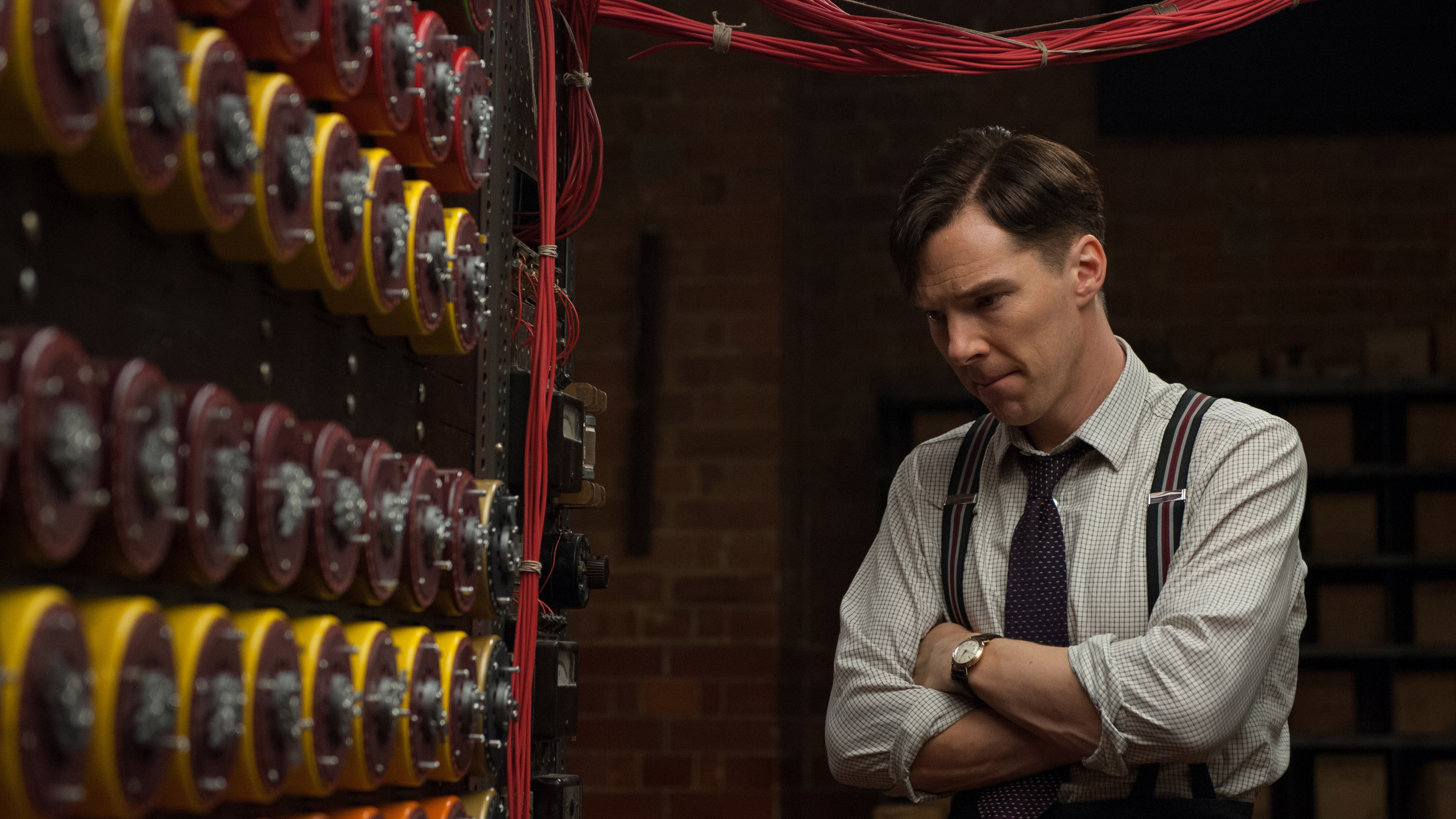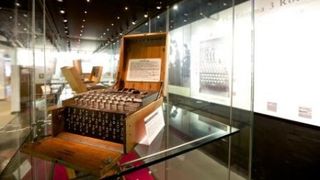Alan Turing, the Enigma code and the power of negative information
Turing's computing legacy lives on - and it's all because of his work on The Bombe

2014 has been a huge year for Bletchley Park and the legacy of Alan Turing. Not only has it signalled the 60-year anniversary of the death of the crypto analyst, it also marked the arrival of The Imitation Game, a new movie that brilliantly dramatises the code-breaking events that helped end World War II.
To learn more about Turing, TechRadar went to Google's offices in London to listen to a talk by Sir John Dermot Turing, his nephew. Here he explained how Turing and his team not only helped end WWII, their cypher analysis also laid the foundation for the creation of today's computers.
"There's a lot of Anglo-American tension about who actually made the world's first stored program electronic computer. The machine Alan Turning created wasn't electronic but it was unbelievably clever," said Sir John Dermot Turing.
"It was called the Bombe and was a specific purpose machine, a mechanical machine. It used relays instead of semiconductors and valves, vacuum tubes, to do the electronic switching.
"It didn't have any of those modern components, it was all late 1930's electro-mechanical technology but it is a beautiful feat of engineering."
What the Bombe set out to do was create an algorithm that could crack The Engima code, which was used by the Germans to hide information - a code that would completely change every 24 hours.

"The really clever part of it, apart from the engineering which is just stunning, is the idea that went into how to get down from the vast number of permutations, the different ways to set up the Enigma machine to eliminate hundreds of thousands of possibilities, to a manageable number that can be tackled by human hand code-breaking techniques.
Get the best Black Friday deals direct to your inbox, plus news, reviews, and more.
Sign up to be the first to know about unmissable Black Friday deals on top tech, plus get all your favorite TechRadar content.
"The clever part was how to go through all the different rotor and plugboard permutations to get it down to that number," explained Sir John Dermot Turing.
Once the machine was set up by Turing and his team, The Bombe would tick its way through many permutations in a cycle of about 10 minutes. But it wasn't about finding positive matches to the letters but the opposite.
"One of Turing's contributions was that he realised that there's immense power in negative information," said Sir John Dermot Turing.
"Instead of looking for the correct permutation, what they did was find out that if you get the machine to stop when it had 25 out of 26 incorrect permutations that was a good result. And when it had 26 out of 26 negative permutations it would just carry on until it found a wire that was not live.
"It's fascinating because it is not the kind of way you normally think about problems."
The Imitation Game is out in cinemas now. Check out the trailer below.
Marc Chacksfield is the Editor In Chief, Shortlist.com at DC Thomson. He started out life as a movie writer for numerous (now defunct) magazines and soon found himself online - editing a gaggle of gadget sites, including TechRadar, Digital Camera World and Tom's Guide UK. At Shortlist you'll find him mostly writing about movies and tech, so no change there then.
Most Popular


